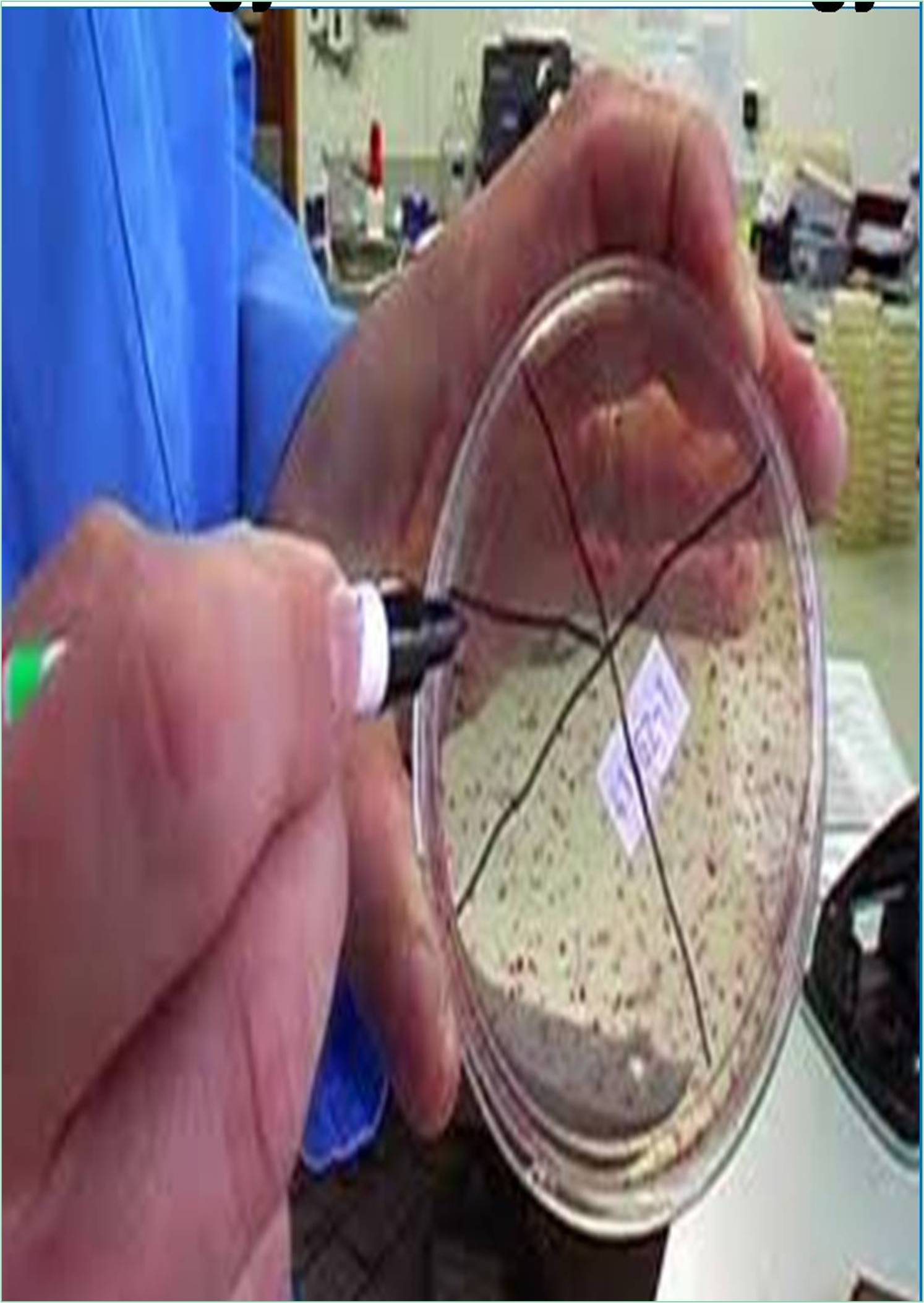



Received: 01-Aug-2022, Manuscript No. GJVI-22-72097; Editor assigned: 05-Aug-2022, Pre QC No. GJVI-22-72097 (PQ); Reviewed: 22-Aug-2022, QC No. GJVI-22-72097; Revised: 29-Aug-2022, Manuscript No. GJVI-22-72097 (R); Published: 05-Sep-2022, DOI: 10.15651/2229-3239.22.2.009
Innate and adaptive immune responses are crucial in defending vertebrates against microorganisms. Individuals who lack these defences succumb to infection quickly. The persistent threat provided by bacteria has put tremendous selection pressure on the immune system, which is assumed to have evolved as a result. Because of this, the immune system has developed a wide range of cellular and molecular mechanisms for recognising and reacting to bacteria and their products.
While the immune system has developed to defend the host from infection, it is also obvious that reactions can be produced in sterile environments and in response to molecules of non-microbial origin, including those produced by the host. Any reader who has endured blunt trauma, which is followed by the injured spot inflaming quickly, will painfully recognise this. Without any germs having entered the host, the subsequent inflammation is an innate immune reaction. Among the many different types of sterile stimuli that can cause different types of immune responses, including both innate and adaptive ones, are trauma, bleeding, cell injury, and irritating particles.
Non-infectious processes are of concern to the immune system since they can be damaging to the host and even be signs of infection sometimes. If cells are necrotizing, then there is a problem and the host is losing functional parts. By detecting this activity, the immune system can deploy defences quickly to the area and try to reduce any harm that may result from microorganisms or other harmful agents.
These reactions may also be crucial for clearing away dead cells and promoting tissue healing. The immune system is involved in monitoring the host for the integrity of its tissues and cells and, beyond this, possibly even physiological conditions, such as lipid metabolism and obesity, in addition to identifying germs. This is an emerging general subject.
Immune activation in sterile environments can have both beneficial and detrimental effects. On the one hand, harmful processes can be halted or walled off, and tissue damage can be healed. On the other side, an immune response could harm itself or generate disease-causing mediators. It is crucial to comprehend the mechanisms underlying these types of responses and how they affect both health and sickness.
The innate immune system keeps an eye out for bacteria as well as the wellbeing of the host's own cells. The innate immune system reacts to cell death by alerting the adaptive immune system to a potential issue in a way that encourages the production of responses. Additionally, it quickly mobilises inherent defences to the site of injury by causing an inflammatory reaction.
Other types of non-microbial macroscopic particles also cause similar sterile inflammatory reactions. One of the crucial discoveries about these seemingly unrelated processes is that IL-1, one of the main cytokines responsible for the resulting inflammation, is produced through a same underlying route. There are growing understandings of the types of cells that recognise sterile stimuli, how they perceive them at the molecular level, and how they react by producing IL-1. This is significant since it is also becoming increasingly clear that these processes play a role in the pathophysiology of a variety of disorders.